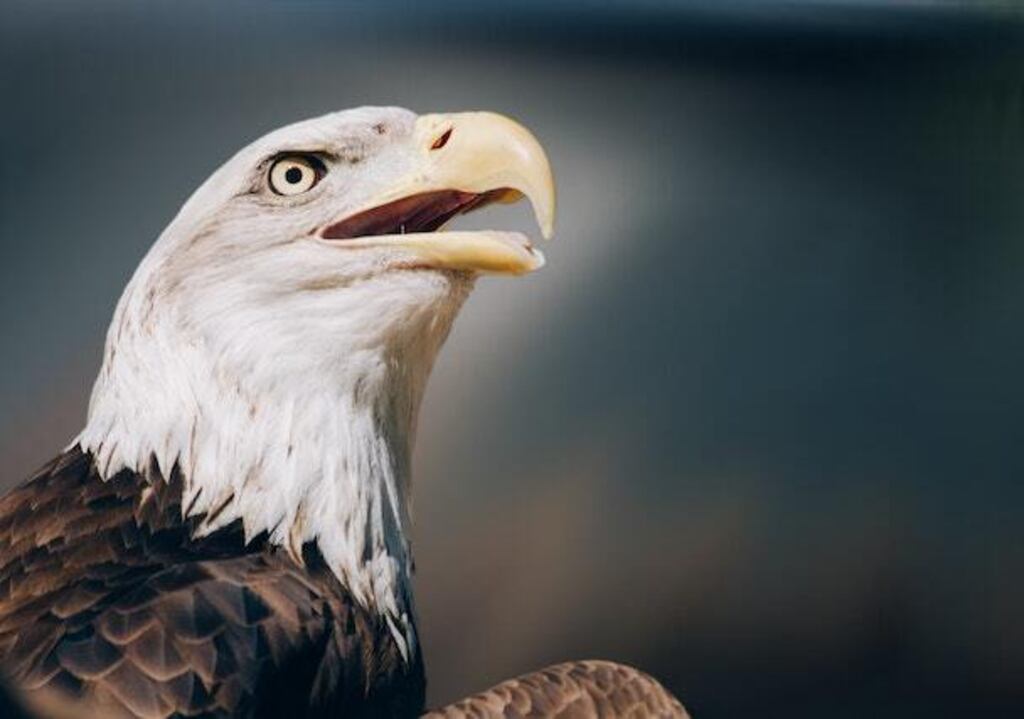Do Eagles Eat Cheetahs? Hold onto your feathers as we soar through the wild and explore the epic clash between these fierce fliers and the speed demons of the savannah.
Unravel the truth behind this unlikely rivalry and uncover the secrets of nature’s most exhilarating encounters! Get ready to take flight!
Table of Contents
- 1 Key Takeaways
- 2 Overview of Eagle and Cheetah Characteristics
- 3 Do Eagles Eat Cheetahs
- 4 Predatory Behaviors of Eagles
- 5 The Speed and Agility of Cheetahs
- 6 Potential Interactions Between Eagles and Cheetahs
- 7 Size and Strength Differences Between Eagles and Cheetahs
- 8 Geographic Factors Influencing Predator-Prey Relationships
- 9 Anecdotal Evidence and Observations of Eagle-Cheetah Interactions
- 10 Scientific Studies and Research on Eagle Diet and Predation Patterns
- 11 The Unlikelihood of Eagles Regularly Preying on Cheetahs
- 12 Frequently Asked Questions
- 12.1 Do eagles and cheetahs live in the same geographical areas?
- 12.2 Are there any documented cases of eagles hunting and successfully preying on cheetahs?
- 12.3 How do eagles and cheetahs interact with each other in the wild?
- 12.4 Are there any specific characteristics or behaviors that make cheetahs more vulnerable to eagle predation?
- 12.5 What are the primary factors that influence the likelihood of eagles preying on cheetahs in different regions?
- 13 Conclusion
- 14 Author
Key Takeaways
- Eagles do not eat cheetahs; their diets consist mainly of fish, birds, and small mammals.
- Eagles and cheetahs rarely interact in the wild due to their different habitats and hunting behaviors.
- Understanding the distinct roles of these predators helps us appreciate the diversity and balance of nature’s ecosystem.
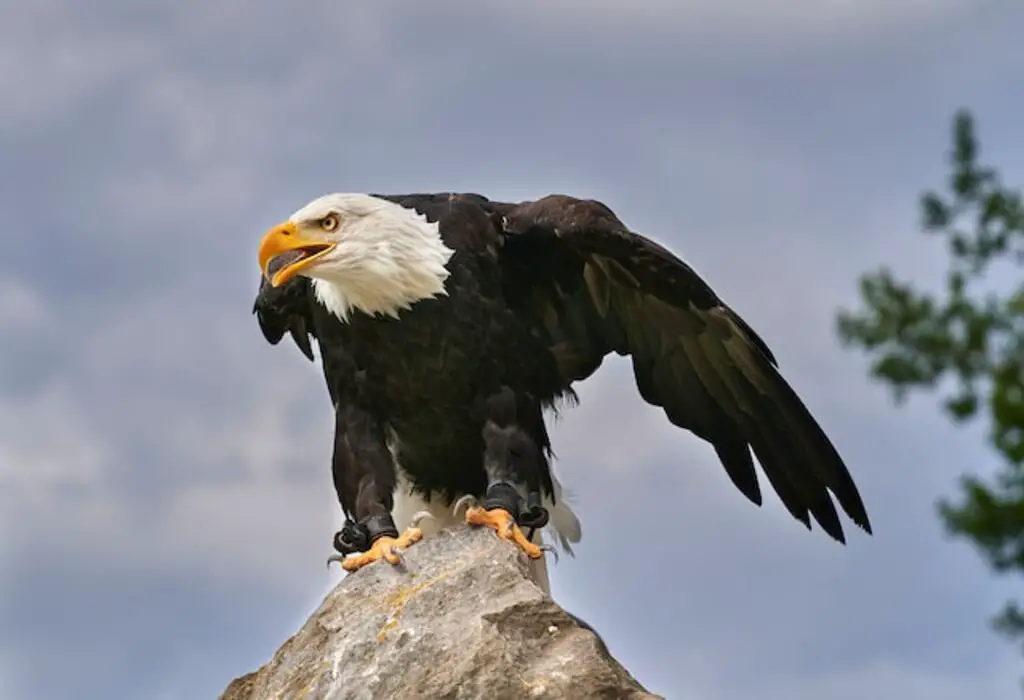
Overview of Eagle and Cheetah Characteristics
The eagle and cheetah possess distinct physical and behavioral characteristics. Eagles have a wide geographical distribution, found on every continent except Antarctica.
They are known for their large wingspans, sharp talons, and keen eyesight, which allows them to spot prey from great distances.
In contrast, cheetahs are found primarily in Africa and are known for their incredible speed and agility.
They employ different hunting techniques, with eagles relying on their aerial abilities and cheetahs utilizing their speed on land.
Transitioning to the next section, eagles also exhibit predatory behaviors.
Do Eagles Eat Cheetahs
No, eagles do not eat cheetahs. Eagles primarily prey on fish, birds, and small mammals. The two majestic creatures rarely interact in the wild, leaving us to admire their individual hunting prowess. Explore the intriguing world of nature’s predators and their distinct roles in the ecosystem.
Predatory Behaviors of Eagles
Predatory behaviors exhibited by eagles include targeting and hunting smaller prey animals.
Eagles are known to employ various hunting techniques to capture their prey, such as swooping down from great heights or ambushing unsuspecting animals.
They possess sharp talons and a powerful beak, which enable them to grasp and kill their victims.
In contrast, cheetahs rely on their remarkable speed and agility to chase down their prey. Transitioning to the subsequent section, the speed and agility of cheetahs allow them to excel in their hunting strategies.
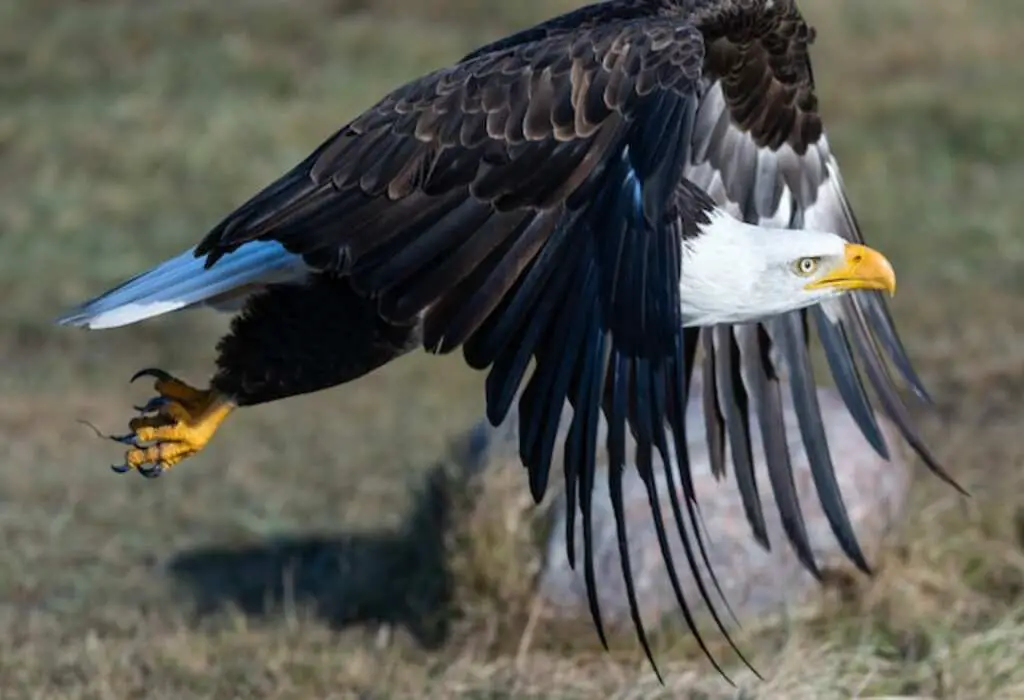
The Speed and Agility of Cheetahs
With the grace of lightning, cheetahs effortlessly traverse the savannah, their sleek bodies cutting through the air like arrows, allowing them to swiftly pursue and capture their elusive prey.
Known for their exceptional speed, cheetahs hold the title for being the fastest land animals, capable of reaching speeds of up to 70 miles per hour in short bursts.
Their incredible agility, combined with their unique hunting techniques, make them formidable predators in the African grasslands.
Transitioning into the next section, the potential interactions between eagles and cheetahs can shed light on the dynamics of these two remarkable species.
Potential Interactions Between Eagles and Cheetahs
Potential interactions between eagles and cheetahs provide a fascinating glimpse into the complex dynamics of these two extraordinary species.
In captivity, interactions between eagles and cheetahs are carefully managed to prevent conflicts and ensure the safety of both animals.
Human interventions play a crucial role in minimizing any potential harm and creating a harmonious environment.
These interventions aim to prevent eagle-cheetah conflicts in the wild, where the size and strength differences between the two species can have significant implications.
Size and Strength Differences Between Eagles and Cheetahs
The significant disparities in physical size and strength between eagles and cheetahs present intricate challenges in their coexistence.
While eagles are renowned for their impressive hunting techniques and ability to catch prey in mid-air, cheetahs have evolved unique adaptation strategies to compensate for their smaller size.
Understanding these differences is crucial in comprehending the dynamics of their predator-prey relationship.
Moving forward, it is important to consider the geographic factors that influence these interactions.
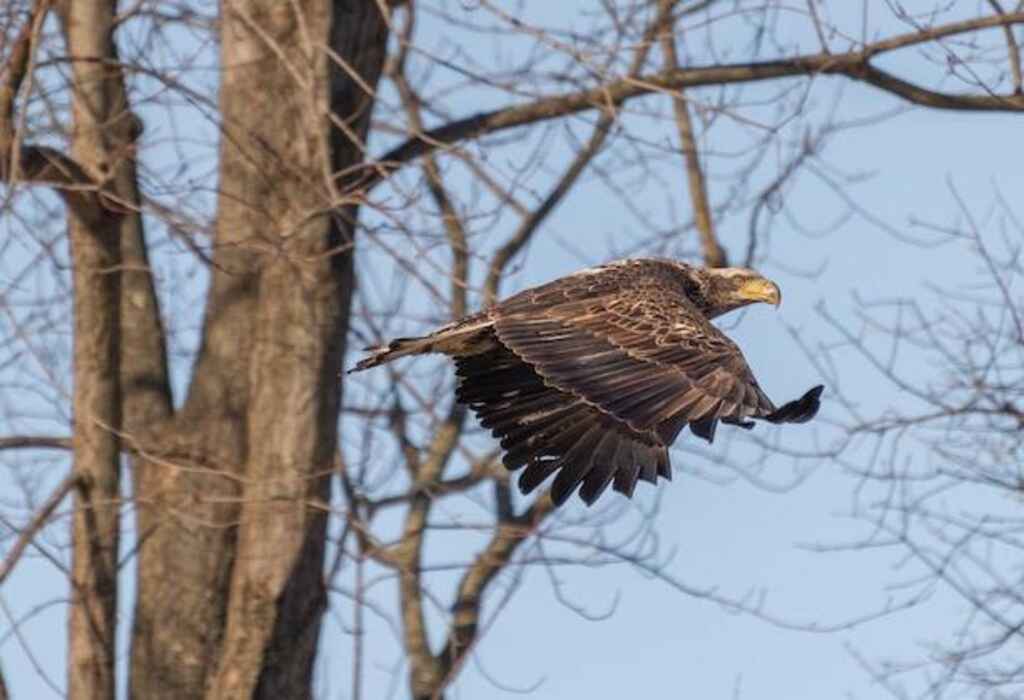
Geographic Factors Influencing Predator-Prey Relationships
Geographic factors play a pivotal role in shaping the delicate balance of predator-prey relationships between eagles and cheetahs.
The distribution of these two species is influenced by various factors such as climate, vegetation, and availability of suitable habitats.
These geographic factors not only determine the presence and abundance of prey for eagles and cheetahs but also impact their ability to hunt and avoid predation.
Understanding the influence of geographic factors on predator-prey dynamics is crucial for comprehending the complex interactions between these two species.
Transitioning into the next section, anecdotal evidence and observations shed light on eagle-cheetah interactions.
Anecdotal Evidence and Observations of Eagle-Cheetah Interactions
Based on documented accounts and field observations, the intricate dance between the apex predators of the skies and the savannah unfolds, revealing intriguing insights into the interactions between these majestic creatures.
While anecdotal evidence provides valuable information, its reliability should be cautiously considered due to potential biases and limitations.
Alternative explanations for observations, such as misidentification or rare circumstances, should also be explored.
Transitioning into the subsequent section, scientific studies and research on eagle diet and predation patterns provide a more comprehensive understanding of their ecological role.
Scientific Studies and Research on Eagle Diet and Predation Patterns
Research on the dietary preferences and predatory behavior of eagles has shed light on their ecological role and the impact they have on their respective ecosystems.
Studies have shown that eagles have diverse feeding habits, ranging from fish and small mammals to birds and reptiles.
They employ various hunting techniques such as soaring, stooping, and ambushing to catch their prey.
However, the available scientific evidence suggests that eagles rarely, if ever, prey on cheetahs, making it highly unlikely for such interactions to occur regularly.
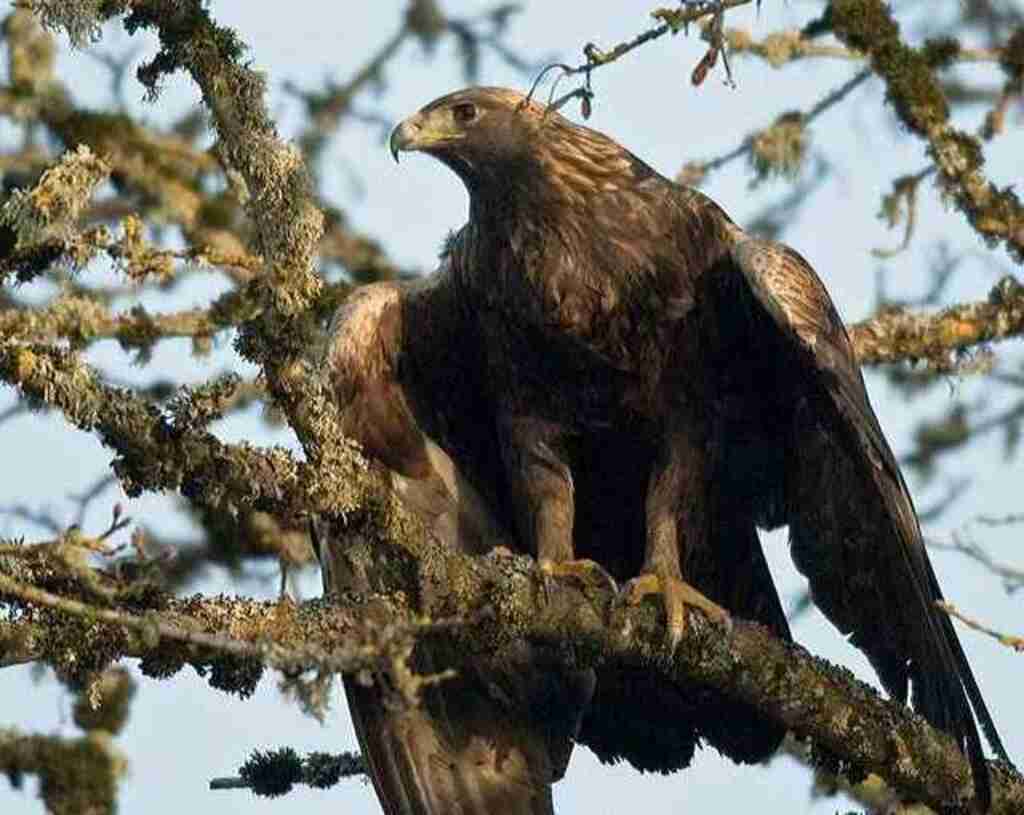
The Unlikelihood of Eagles Regularly Preying on Cheetahs
Unlikely to regularly engage in predatory interactions, eagles and cheetahs inhabit different ecological niches, with eagles typically preying on smaller animals and cheetahs primarily hunting ungulates.
However, it is worth noting the fascinating hunting techniques employed by eagles, such as aerial attacks and swift dives.
Similarly, cheetahs are known for their remarkable hunting strategies, utilizing their incredible speed and agility to chase down their prey.
Understanding these unique hunting behaviors adds to our appreciation of the diverse strategies employed by different predators in nature.
Frequently Asked Questions
Do eagles and cheetahs live in the same geographical areas?
Eagles and cheetahs do not typically live in the same geographical areas due to their different habitats. However, it is interesting to note that both species have experienced declines in population due to human activity.
Are there any documented cases of eagles hunting and successfully preying on cheetahs?
There have been no documented cases of eagles hunting and successfully preying on cheetahs. However, it is known that eagles have various hunting techniques, while cheetahs rely on their speed and agility as escape strategies.
How do eagles and cheetahs interact with each other in the wild?
Eagles and cheetahs have distinct hunting techniques. Eagles employ aerial hunting strategies, relying on their sharp vision and powerful talons to capture prey from the air.
Cheetahs, on the other hand, are terrestrial hunters, utilizing their incredible speed and agility to chase down prey.
In their respective ecosystems, eagles play a crucial role as top predators, maintaining balance within food chains.
Cheetahs also have an important ecological impact as they control herbivore populations, thus influencing vegetation dynamics.
Are there any specific characteristics or behaviors that make cheetahs more vulnerable to eagle predation?
Cheetahs’ vulnerability to eagle predation can be attributed to their behavior of hunting alone and their lack of climbing skills. Eagles, with their strategic hunting tactics, take advantage of these traits to target cheetahs in the wild.
What are the primary factors that influence the likelihood of eagles preying on cheetahs in different regions?
The primary factors influencing the likelihood of eagles preying on cheetahs in different regions include the availability of alternative prey, habitat characteristics, and the behavior and hunting strategies of both the eagles and cheetahs.
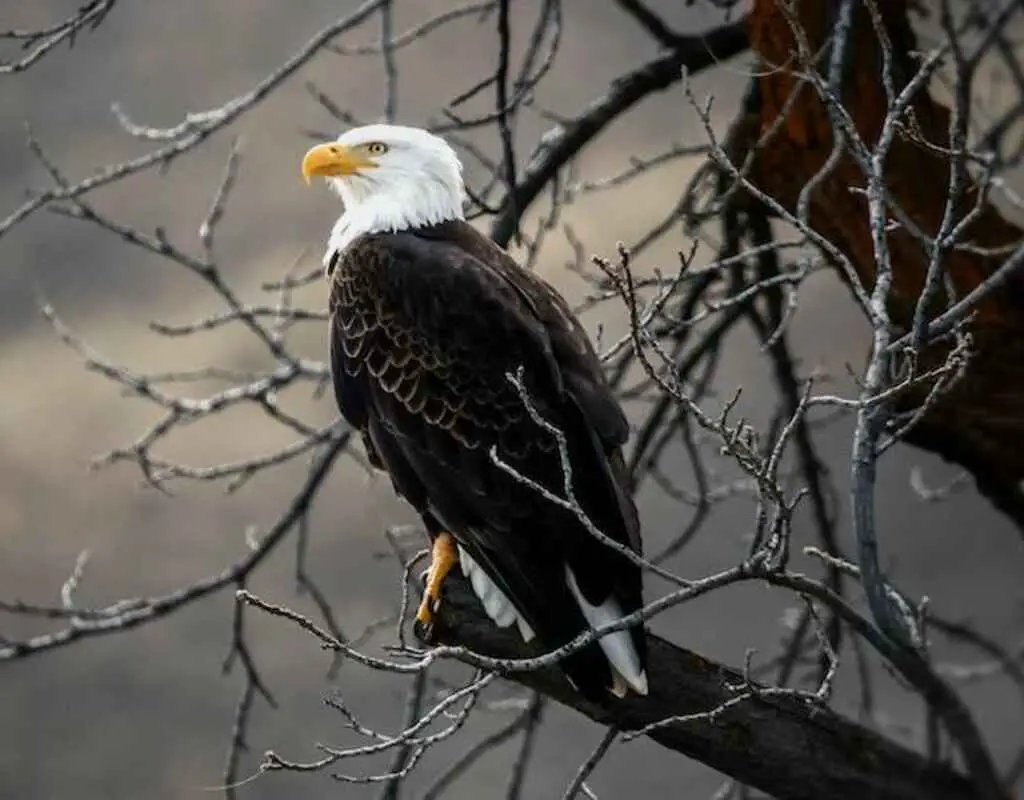
Conclusion
The theory that eagles regularly prey on cheetahs is highly unlikely based on scientific studies and research.
Eagles and cheetahs have different characteristics, with eagles being predatory birds and cheetahs being fast and agile mammals.
While there may be anecdotal evidence and observations of eagle-cheetah interactions, the size and strength differences between these two species make it improbable for eagles to successfully hunt cheetahs.
Geographic factors also play a role in predator-prey relationships. In conclusion, it is unlikely that eagles regularly eat cheetahs.

